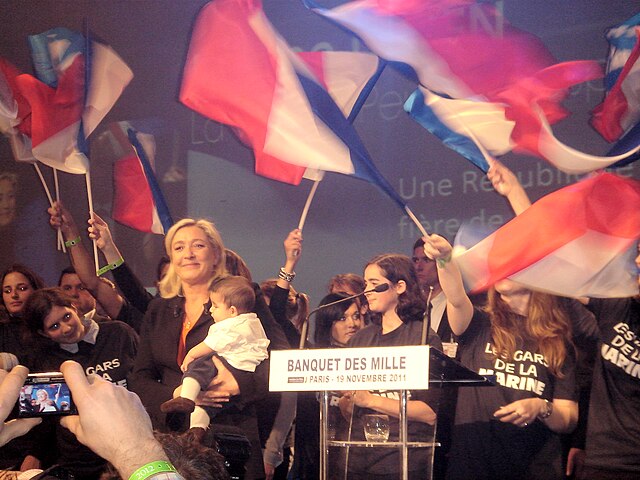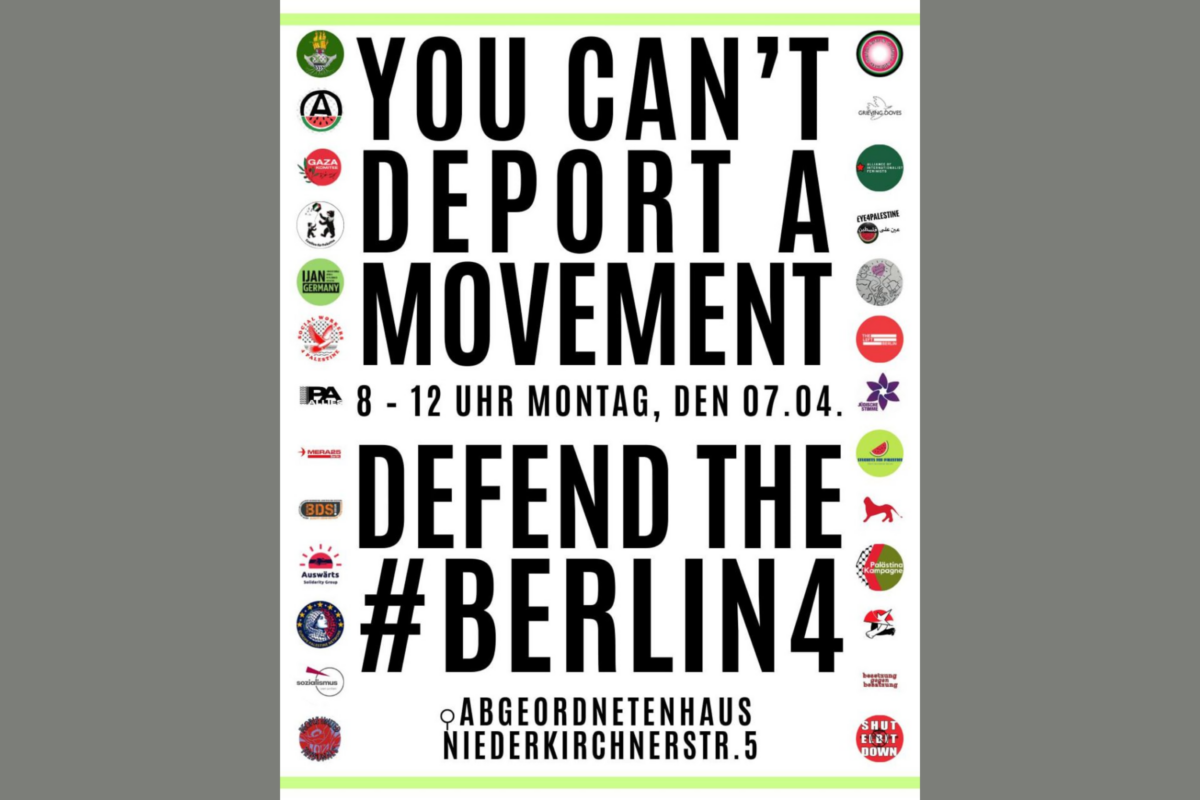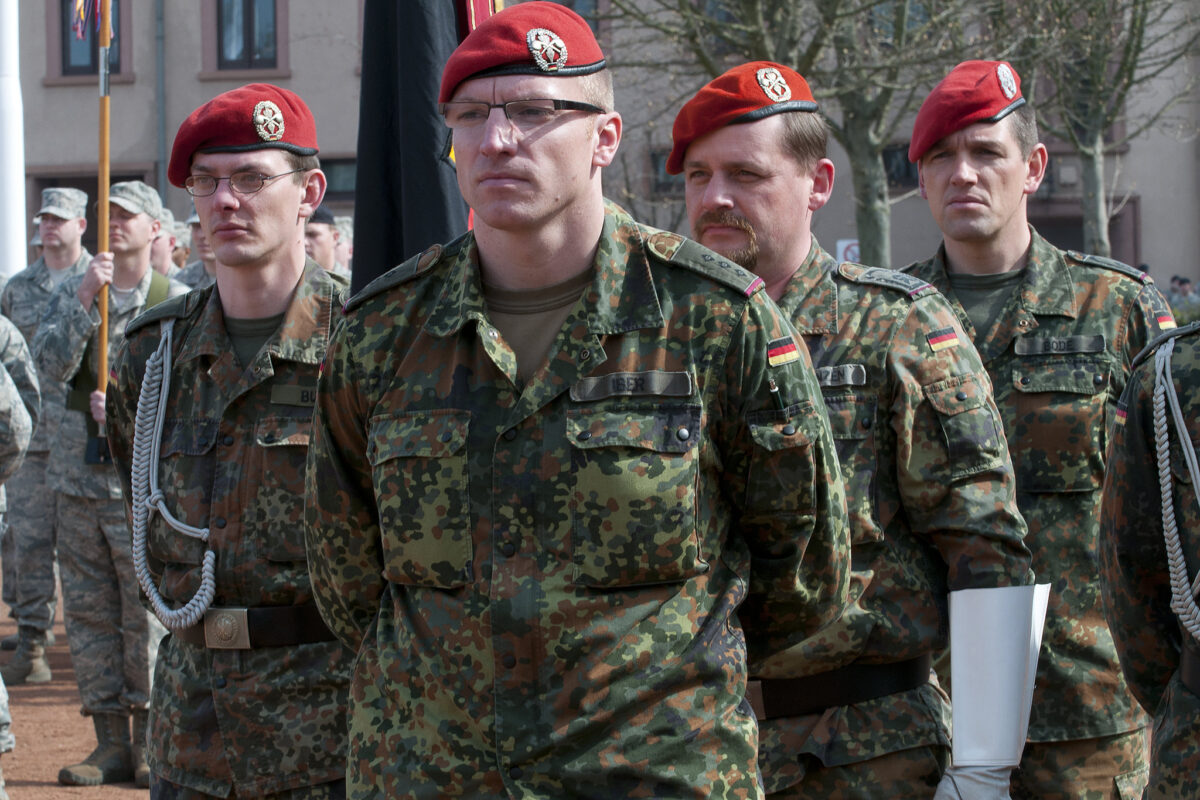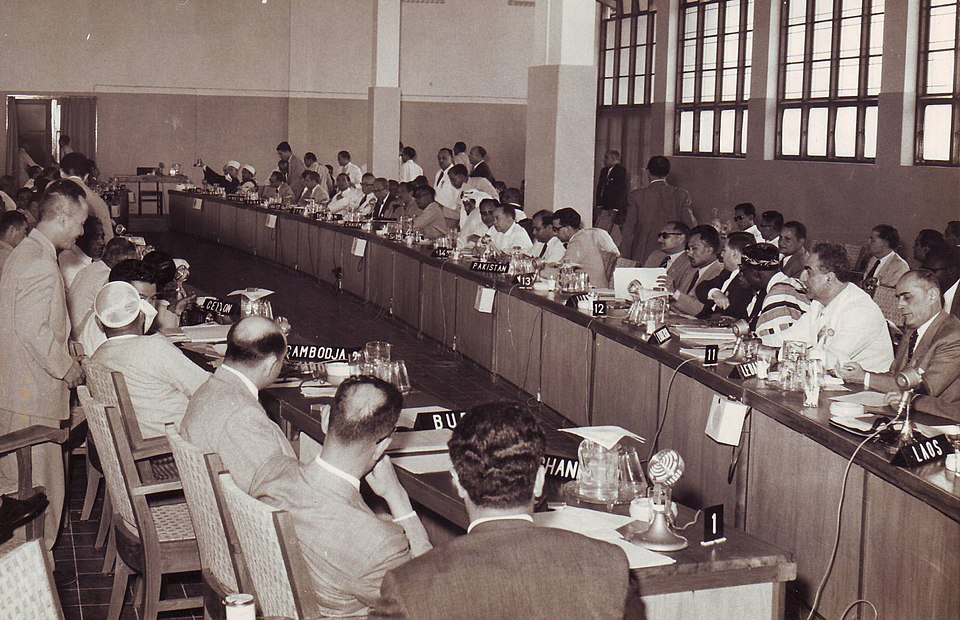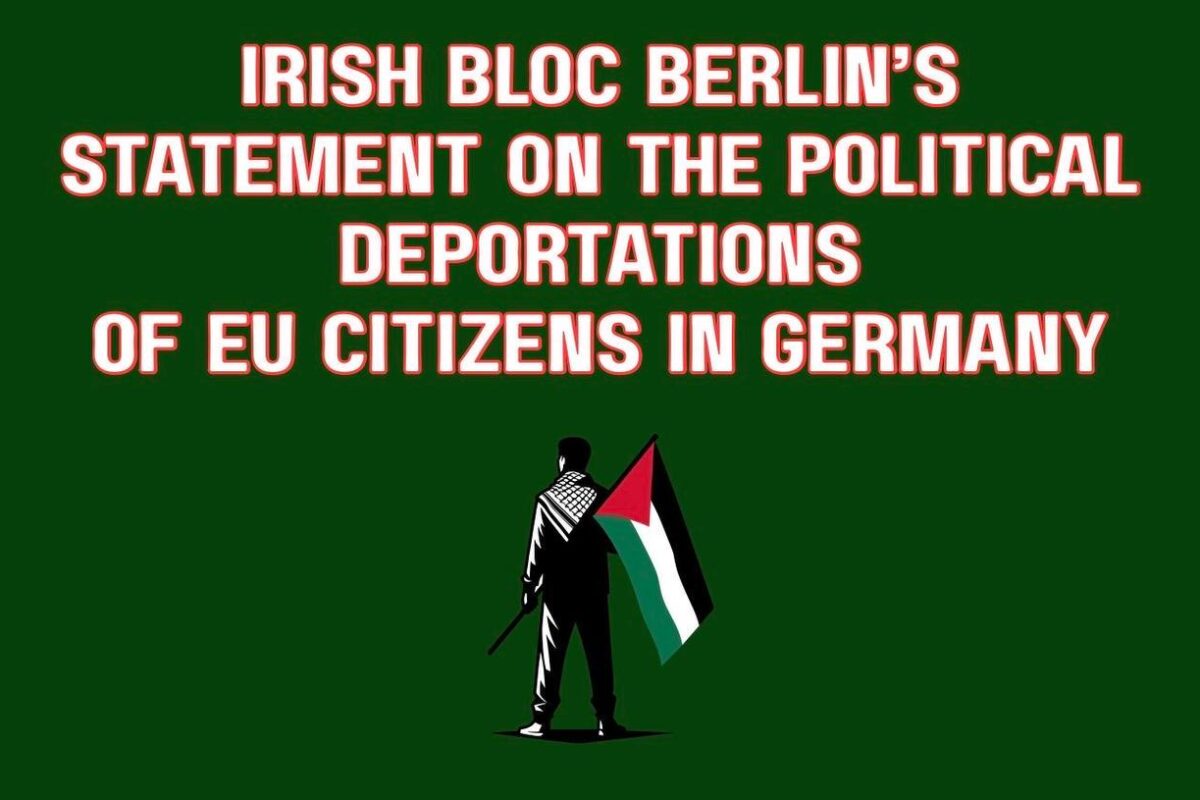The infamous tech venture-capital firm Andreesen Horowitz, aiming to strengthen their ties to the US government, organised their American Dynamism summit last week. US Vice-President JD Vance was one of the speakers invited to the summit, which was meant to support companies and firms focusing on the American national interest. His speech — an incisive reflection on America’s role in the global economy — was particularly interesting in how brutally honest it was. Trying to pin down the cause of the malaise in the American economy, Vance pointed out how the global division of labour, separating the “making of things” from “the design of things” have given the countries engaged in manufacturing a growing technological and innovative edge over the US, as they rapidly improved their own ability to design the things they were making. Countries that were meant to trail the US on the value chain are rapidly overtaking the US, threatening American hegemony and competitiveness in doing so. Vance was very open about the fact that he was talking about China — perhaps the only country to emerge as a serious geopolitical rival since the collapse of the Soviet Union in 1991.
Trump 2.0 thus clearly implies the end of business as usual for the United States. This is bound to impact the entire world, with this impact possibly felt most strongly in the countries of the Global South. The South, freed from the fetters of European and Japanese colonialism in the twentieth century, saw the birth of countless post-colonial nation-states, each attempting to assert whatever degree of agency they had finally won. This agency brought in decades of hotly contested ideologies and debates, all attempting to answer a question that was of particular importance to the people living in these countries: how do we catch up to the Global North? The answers to this question were always conditioned by the reality of the post-colonial world, one whose institutions were still dominated by the countries of the Global North — particularly the United States of America. To attempt to answer this question today, in light of contemporary geopolitical realities, it is worth revisiting some of these early debates.
***
An early bourgeois framing attempting to illuminate a path forward for the South was modernisation theory. Popularised by Walt Rostow’s Non-Communist Manifesto, modernisation theory posited that the Global South was simply the mirror image of the Global North, in an earlier stage of development. All that these countries needed to do to become mass-consumption societies was replicate Northern institutions (free markets, liberal democracy, and the like), in order to follow the same developmental trajectories that the North once did. The drive to modernise the Global South also spurred on early foreign direct investment (FDI) programmes, in an attempt to provide capital for these productive transformations.
Modernisation theory stood in direct contrast to a wide school of theories that had been emerging in the global South in the late and post-colonial period. A particularly relevant umbrella of ideas was the tradition of dependency theory. Originating in Latin America, drawing inspiration from radical currents in Africa and India, dependency theory’s central claim argued for the existence of, to quote Theotônio dos Santos, a “situation in which the economy of certain countries is conditioned by the development and expansion of another economy to which the former is subjected”. Dependency theorists held that the underdevelopment of the Global South was a consequence of the development of the North, for a number of reasons. These reasons included Raúl Prebisch’s falling terms of trade for Southern economies that relied on exporting resources and importing finished goods; Arghiri Emmanuel’s description of unequal exchange, the North’s ability to acquire slightly less productive Southern labour for much cheaper; Samin Amin’s descriptions of the five monopolies the global North held, over technology, finance, resource access, media, and weapons of mass destruction; and many others.
Dependency theory was a bit of a broad church, since it was an attempt to describe the mechanisms inhibiting Southern development, rather than to set out a clear program of political praxis. Theorists disagreed on whether growth through trade with the Global North was possible at all, alongside the mechanisms themselves, and their individual importance. Critically, they disagreed on the role that domestic capitalists should play. There was general agreement that under global capitalism, domestic capitalists tended to form a comprador class, shuffling profits upwards to the Northern bourgeoisie (see, for instance, the relationship between Bangladeshi mill owners and H&M). Many programs emerging from this tradition unfortunately saw this relationship of dependency as the central problem with capitalist relations. A particularly popular policy that emerged from these more centrist strands of dependency theory was that of import-substitute industrialisation (ISI), which aimed to shut out foreign imports and develop a competitive domestic capitalism.
This led to considerable apologia for capitalist relations in general, with a number of Southern governments developing close ties to domestic capital while trying to control their comprador tendencies. Brazil’s Fernando Henrique Cardoso — an early dependency theory veteran — ended up privatising a wide variety of public services, in an effort to increase Brazilian productivity, and fix the country’s trade deficit with the United States. The Indian National Congress under the Nehru-Gandhi family was more extreme, practically sealing the country’s economy off to the outside world, and sparking a profoundly exploitative nexus between the state and industrial capital through a restrictive bureaucratic regime, dubbed the License Raj.
ISI ran into a number of problems, such as crises of insufficient domestic demand that could propel the growth engine indefinitely under market mechanisms. Particularly when contrasted with Latin America and India, the Taiwanese and South Korean (and, decades later, Chinese) economies showed rapid economic growth. This seemed to validate the market-optimistic claim — integrating the Global South into the global networks of trade and finance and using comparative advantages to acquire foreign currency and spur local production appeared to actually work and deliver solid economic growth. This was even true (in patches) in Latin America, amidst the brief periods of flirtation with domestic production for export. It was especially true in India, where the economic liberalisation of 1991 seemed to deliver a good two decades of unprecedented economic growth. And where integration into the world market somehow failed to result in miraculous growth (as in Egypt and Pakistan), apologists would often blame differences in “cultural values”, spurring on a whole series of orientalist headlines stuffed with “untranslatable” snippets of Confucian wisdom.
More pragmatic analyses of these economic booms held that while export-driven growth was indeed possible, it also required the highly specific combination of conditions found in East Asia at the time — conditions such as highly favourable terms of trade (in part due to efforts to keep communism at bay) allowing them to run massive trade deficits, and extraordinarily hands-on developmental states. Yet, despite the absence of this favourable environment in Latin America, most of Africa, and India, ISI’s relevance was rapidly dying (and spawning colossal domestic wealth inequality as it faded away). For a while, we did indeed appear to be approaching some sort of incredibly grim end of history.
***
Today, amidst the backdrop of the New Cold War, many of us on the left find ourselves enamoured by the meteoric growth that we have witnessed in China over the past few decades. Under Deng Xiaoping, the PRC ended up liberalising its economy, taking advantage of rising rural productivity, low urban wages, highly structured and regimented dormitory labour, and export-driven growth. This model, beginning first in Special Economic Zones like Shenzhen and then spreading outwards, ended up pulling swathes of China’s population out of poverty and into world-class cities with incredibly functional housing and infrastructure. This was accomplished through a highly decentralised state machinery capable of reacting to local demand and through a formidable range of state-owned enterprises (SOEs). Witnessing this from outside China — from a world whose forces of production either ended up moving to China, switching to producing weapons, or simply never existed in the first place — sparks understandable envy. In Germany, we are forced to watch Deutsche Bahn gradually fall apart while the government pumps infinite money into Rheinmetall instead. The upshot is that the Chinese economic model has gained considerable legitimacy as the way forward.
That this is also a legitimisation of “neoliberalism”, the global macroeconomic structure that birthed modern China, is a spot of irony that eludes many. For what these sections of the left are ignoring or dismissing is the absolutely brutal expropriation and exploitation that Chinese labour has been subjected to. Advocating for a replication of this model is equivalent to saying that workers in the global South must today suffer, and remain ever-ready to serve the interests of capital in factory-adjacent dormitories, alienated from their families in the countryside, working twelve-hour shifts manufacturing inane trinkets for Americans to buy off Etsy — all in the hopes that their children might be able to live a better life. Both liberals and Marxists are guilty of this — by focusing solely on the structural brilliance of the Chinese model, labour is left entirely out of the picture (unsurprisingly, this desire to erase the agency of labour tends to be rather strong amongst the middle classes). What this boils down to, ultimately, is the received wisdom of stageism that many on the left today subscribe to today — the idea that the more agrarian, feudal parts of the world must first pass through a brutal industrial capitalism, before they can transition to socialism.
Thankfully, we need no longer tire ourselves out with these tedious internal debates. China’s days of being upheld as an example of how free trade can bring development to the Global South have come to a rapid, definitive end — since China is now seen explicitly as a unique threat to the very same order that spawned its dominance. Vance’s incredibly lucid speech has made one thing clear as day — the Global North is only interested in development in the Global South as long as the South remains subordinate. Should they choose to do something to alter the terms of their relationship to the North, the American tolerance for the current economic order will come to a rapid end.
The Americans seem to have cottoned on to the fact that the capitalist separation of planning and execution, if organised along the lines of nation-states, could end up becoming a strategic disaster for them. If Donald Trump and his band of merry men have their way, it might mean the complete death of post-Fordism — the economic system that we live under, where increasingly complex, flexible, globally coordinated supply chains hoover up surplus-value where they can find it, all to produce and sell infinite diverse commodities to a worldwide labour aristocracy. The political economy of such a project might just involve embracing the end of gratuitous commodity consumption for American workers, in an effort to bring back domestic production — a truly unprecedented ideology that can only be described as some kind of bizarre MAGA degrowth. Importantly, it also involves abandoning all efforts to modernise production in the South and instead relies on using raw force to pummel the South into submission, and to comply with American demands where necessary.
***
What is the path forward for the Global South? How do we find a growth model that retains the dignity of labour, safeguards our natural environment, remains cognisant of planetary constraints, and manages to coordinate commodity production and distribution across massive geographies?
Perhaps it is high time we resurrected some of dependency theory’s scattered legacies, particularly those of one of its most revolutionary, insightful thinkers — the late Samir Amin. More practically, the need of the hour is to build closer ties across the Global South, with comprehensive programs emphasising resource-sharing, de-dollarisation, military & security guarantees, and a commitment to the abolition of intellectual property. It is essential that the South act as a unified voice to ensure that the North’s capacity to absorb value through its many monopolies sees constant challenge.
Going down this path once again, we must also remember that this salvation will not lie in the beatification of domestic capitalism, however third-worldist it might come across in rhetoric or action. As a mode of production, capitalism is intrinsically riddled with crisis, terminal or otherwise; any future program must be a genuine socialist model that refuses to cede ground to capital, domestic or otherwise. What the political economy of this program should look like is a question that needs to be approached with genuine intellectual curiosity. The answer does not lie in socialism with Chinese characteristics — a model that is effectively dead, thanks to both industrial overcapacity and American withdrawal. Nor does it lie in the legacy of the Soviet Union — a model that rapidly industrialised one of Europe’s most backward countries, but ended up brutalising its own peasantry to do so, before ultimately falling captive to an inept centralised bureaucracy.
The seeds for a socialist future should centre the needs and the agency of labour, particularly today, when the forces of production have developed to the point that the brutal exploitation of the working class is no longer necessary. For inspiration, we should instead attempt to compose the fragments of intelligent, meaningful praxis that we see all over the world — from struggles against displacement in India, to the landless workers’ movement in Brazil, to ideas of worker self-management in Yugoslavia, to the emancipatory use of technology to coordinate production that Allende’s Chile briefly flirted with — into a cohesive whole.
To borrow an expression from a recent Perry Anderson piece, the need of the hour is idées-forces — of revolutionary positive visions for the future that can acquire “overwhelming force as mobilizing ideologies” for when major crisis emerges, as it eventually inevitably will.
